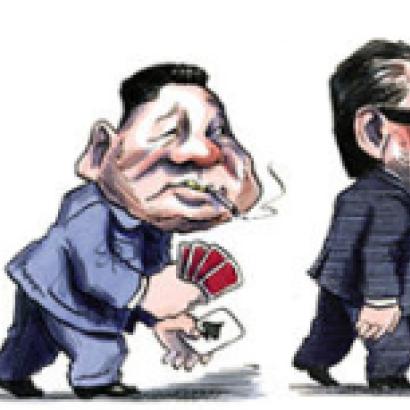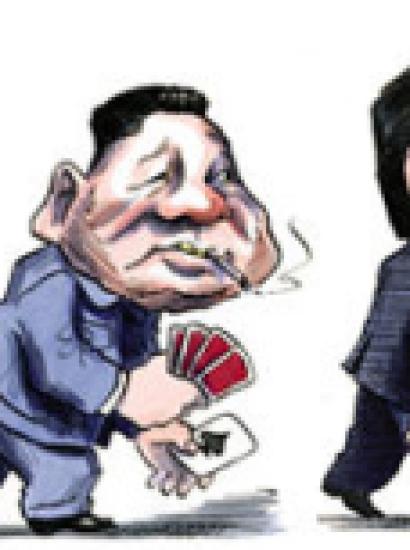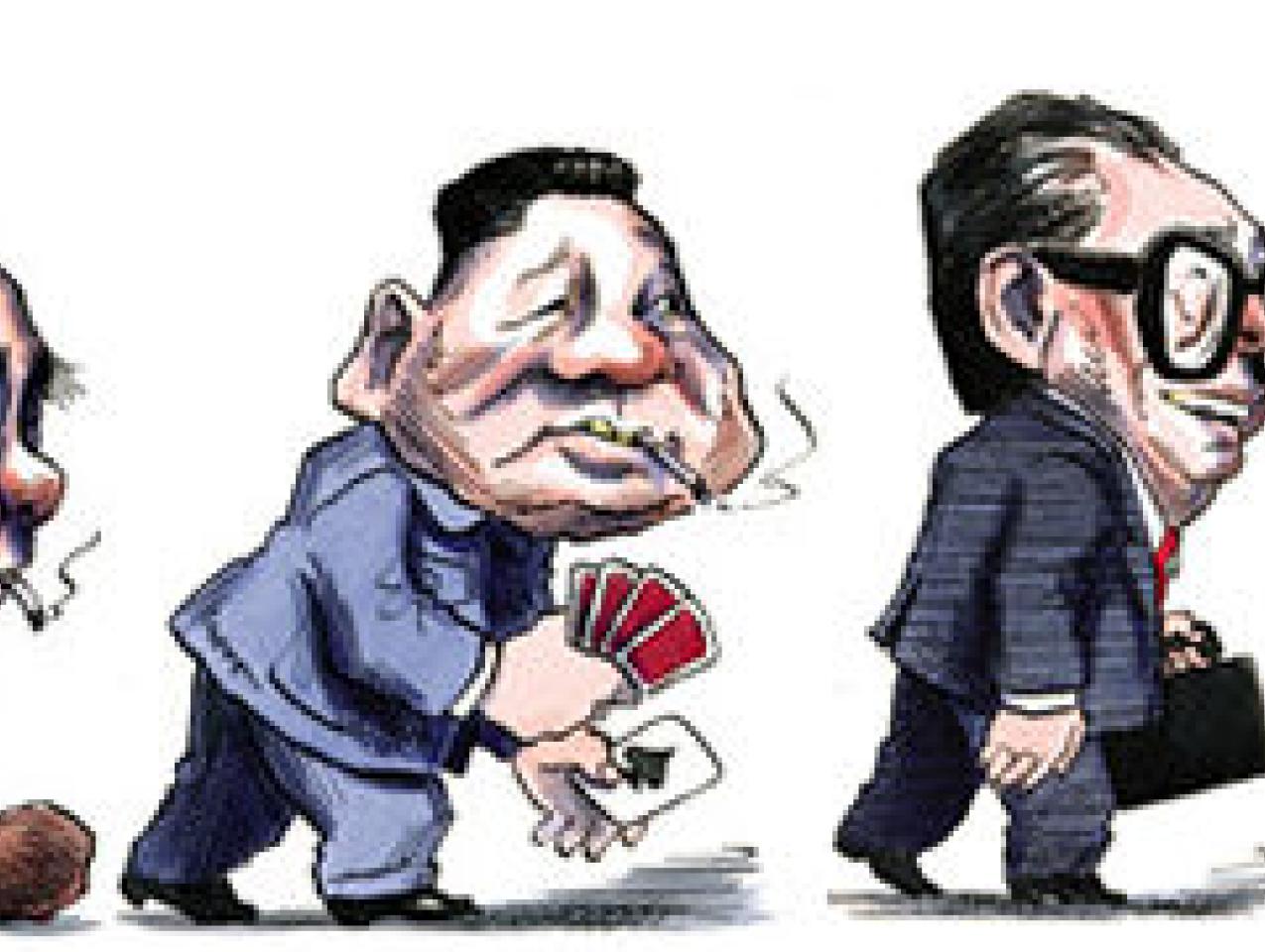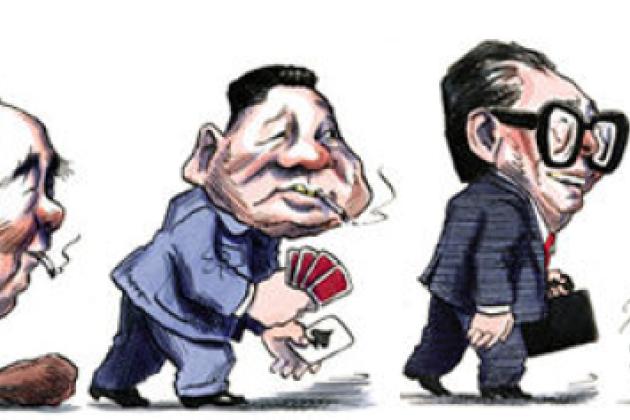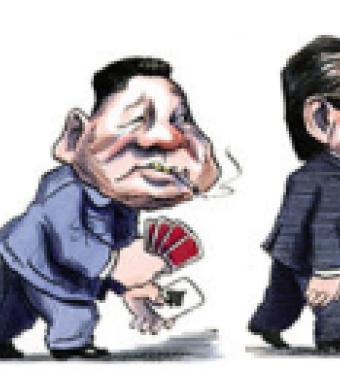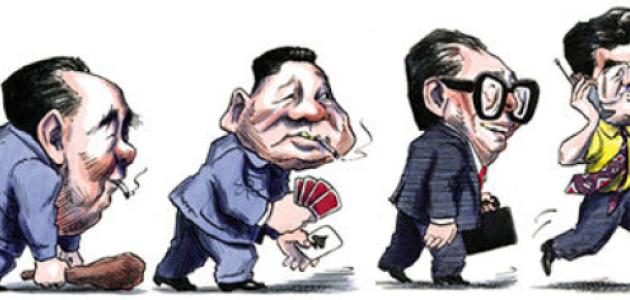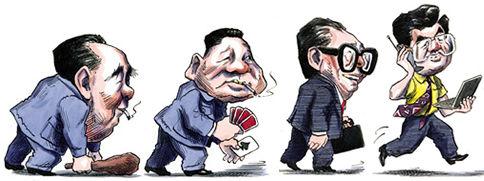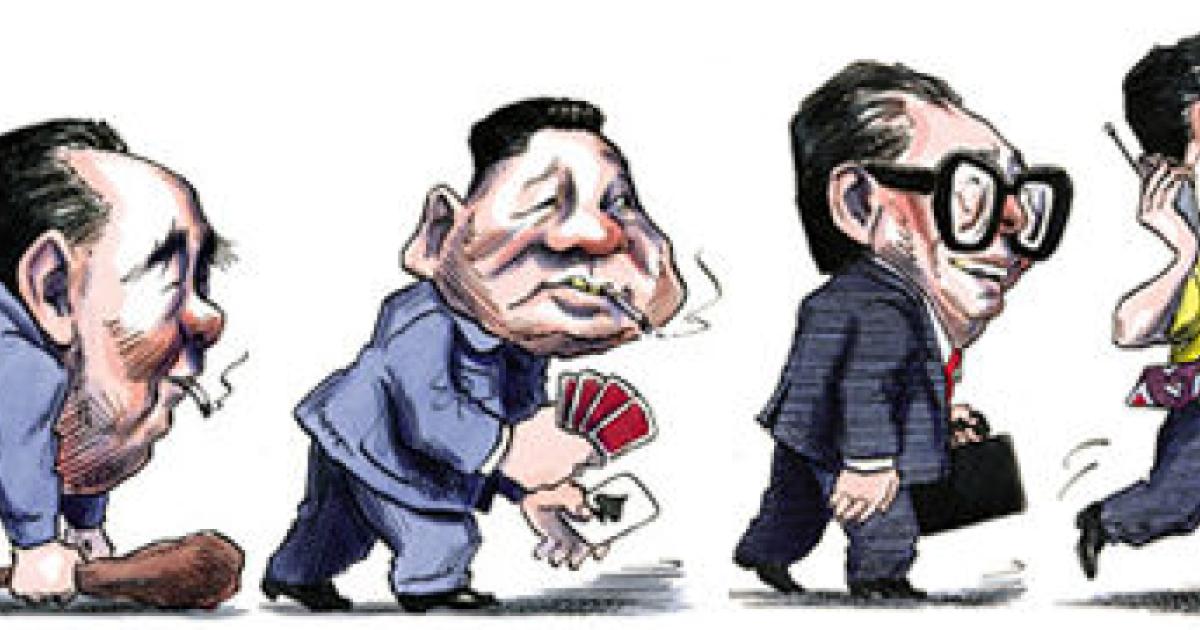- Contemporary
- International Affairs
- History
The current emphasis on Iraq and the war on terror may cause us to forget or underplay favorable world developments. One of the most important is the emergence of China as the economic and political center of Asia. With more than 1.2 billion people, how could it not be, once the nation began to tap its vast potential by opening itself to markets? Since the late 1970s, when Deng Xiaoping took over from Mao Zedong, China has expanded opportunities for business by freeing up agriculture, loosening central control on regional government enterprises, opening foreign investment, and, increasingly, encouraging private domestic business. These policies were continued by Jiang Zemin and are likely to be followed by the next set of leaders.
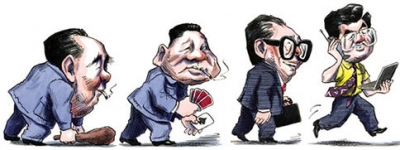
The result has been explosive economic growth, even after taking into account likely overstatements by the Chinese. After economic stagnation under Mao’s Great Leap Forward of the late 1950s and the Cultural Revolution from the mid-1960s to the mid-1970s, China’s growth rate for gross domestic product per capita averaged 5 percent a year in the 1980s and 8 percent in the 1990s. China even did well (7 percent per capita growth) from 1995 to 2001, when many of its neighbors were suffering from the Asian financial crisis. This performance brought China from a per capita GDP of $700 in 1960 (in 1995 U.S. dollars on a purchasing-power basis) to the middle-income level of $4,300 in 2001. The advance applied to other development indicators, too. Life expectancy rose from 46 years in 1960 to 70 in 2000, compared with 63 in India, 77 in the United States, and 81 in Japan. Also, despite widening inequality due to faster growth in urban areas, the dramatic reduction in poverty numbers across the country is a great achievement.
A central part of China’s success has been its gradualist stance toward economic and political reform. In contrast with Russia’s unsuccessful shock therapy, China managed to liberalize slowly without losing control of the legal system and the political process. The often-condemned suppression of the Tiananmen Square student uprising in 1989 was a crucial part of this approach. Had the government yielded to the student protests, the likely result would have been political chaos and poorer economic performance.
China has also advanced in legal rights. In terms of overall maintenance of the rule of law, China was recently rated in the second- or third-best category (out of seven) by an international consulting service. Individuals are now allowed to express opinions freely on most issues, except direct criticisms of the government in public media. Even religious freedom is practiced—the suppression of the Falun Gong was not on religious grounds but out of fear that the group would facilitate antigovernment protests. Despite some experiments at the village level, democracy in the form of elections is hard to find, but I predict that even this will happen gradually—as it did in South Korea and Taiwan—as more economic development occurs.
China does have problems with slow growth in rural areas. One helpful policy would be faster liberalization of restraints on internal migration, notably from farms to cities. However, despite these restraints, the urban population rose from 16 percent of the total in 1960 to 32 percent in 2000.
China has moved slowly in liberalizing its domestic financial system, which remains highly regulated and dominated by state-run banks. More rapid opening to private financial firms, domestic and foreign, would now be warranted. So far, foreign entry into the financial sector, as well as into manufacturing, has concentrated on joint ventures. This has promoted the transfer of advanced technology from abroad. The joint-venture approach also induced some Chinese state enterprises to run more efficiently.
Opening to international trade has proceeded, also slowly, but the pace will quicken with China’s membership in the World Trade Organization. Liberalizations in trade will likely be extended to include closer connections with the international financial system, including eventual movement toward a convertible yuan. I think the Chinese are correct that their relative insulation from world capital markets was helpful during the Asian financial crisis. However, to promote longer-term growth, it makes sense for China to gradually increase its integration with global financial markets. (I have to admit that the experiences of the Asian financial crisis and the transitions of the ex-Soviet bloc have turned me into something of a gradualist.)
On a recent trip to China, I visited Mao’s mausoleum. I was surprised by the high esteem in which Mao is still held. To me, he is a great villain, responsible for millions of deaths and for keeping the country in poverty. It would be more suitable for Deng’s picture, not Mao’s, to adorn the gates of the Forbidden City. But Deng apparently believed that it was more important to look forward to better policies than to assign blame for past errors. So perhaps he was right on this count, as he was on many others.








